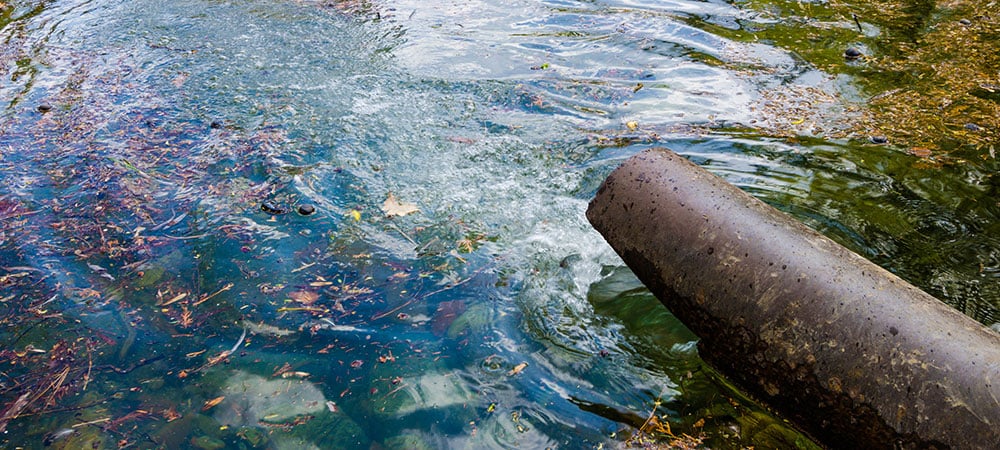In a revelation that might make you rethink what’s in your tap water, the University of Costa Rica (UCR) has identified xylene as the contaminant in the drinking water of over 107,000 residents in the northeast of the Greater Metropolitan Area (GAM). But don’t start stocking up on bottled water just yet – UCR’s research brings a silver lining, suggesting that the xylene levels are diminishing, making the water increasingly safe to drink.
Xylene: The Uninvited Guest in Your Water
First off, what is xylene? This chemical, ranking among the top 30 most produced in the United States in terms of volume, is a common solvent used in the printing, rubber, and leather industries. It’s also found in paint thinners, varnishes, and even in small amounts in jet fuel and gasoline. So, it’s safe to say xylene is quite the versatile compound, albeit not one you’d expect to find in your drinking water.
The UCR’s Detective Work
The discovery was made by a team of experts from various research centers at UCR, including the Center for Research in Electrochemistry and Chemical Energy (Celeq), the Center for Research in Environmental Contamination (Cica), the Center for Research in Science and Engineering of Materials (Cicima), and the Center for Research in Natural Products (Ciprona). These scientific sleuths have been working tirelessly to get to the bottom of the contamination.
The Odor of Xylene: Not Your Average Scent
Xylene is not only a master of disguise (evaporating and catching fire easily), but it’s also not very water-soluble. Interestingly, most people can start smelling xylene in the air at concentrations of 0.08 to 3.7 parts per million (ppm), and 0.53 to 1.1 ppm in water. That’s some strong stuff!
UCR to the Rescue
UCR is not just stopping at identifying the problem. They’re holding a conference at 9:30 a.m. this Thursday to discuss the issue in detail.
Tracing the Source: A Hydrocarbon Mystery
The contamination, which has impacted residents of Goicoechea, Moravia, and Tibás, is believed to have originated from the springs feeding the AyA (Costa Rican Institute of Aqueducts and Sewer Systems) aqueduct. The Ministry of Health has pinpointed the source to a site called Quebrada Honda 2, located approximately a kilometer from the Guadalupe aqueduct’s collection point.
Quebrada Honda 2: The Eye of the Storm
This sub-basin, located in the eastern part of the GAM, is one of three that feeds the AyA aqueduct. Thankfully, the other two water sources tested clean, offering some relief amidst the concern.
While the discovery of xylene in the drinking water supply is certainly alarming, the proactive approach of UCR and other health authorities in Costa Rica is commendable. Their efforts to monitor, research, and inform the public about the situation are crucial steps towards ensuring the safety and wellbeing of the affected communities.


1 comment
[…] Source link […]